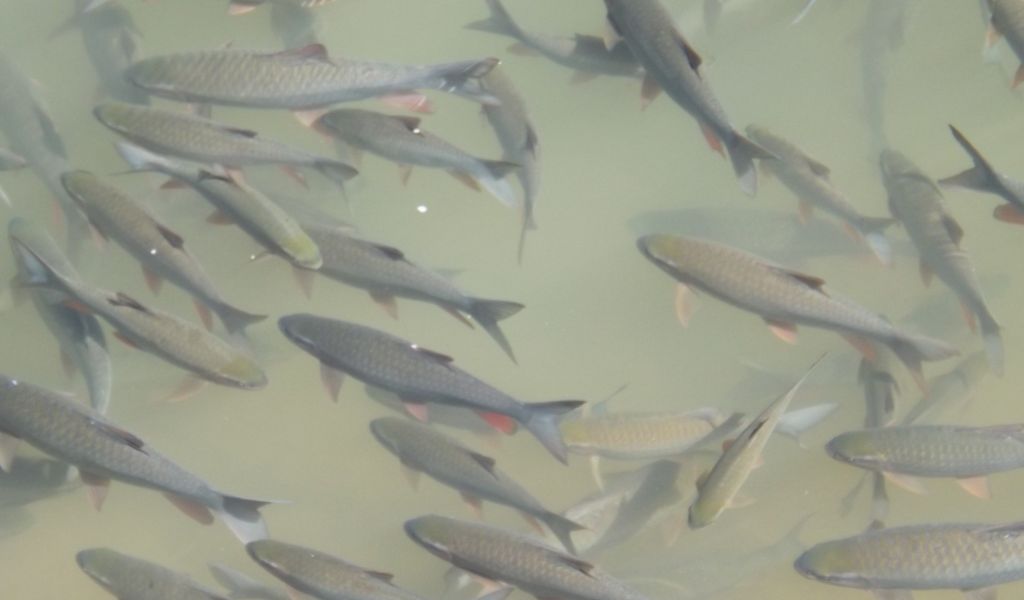Fish Conservation Zones protect biodiversity in central Laos

Recent research funded by the Australian Centre for International Agricultural Research (ACIAR) has shown that fish sanctuaries can have a large impact on the number of species caught by local fishermen.
The study, recently published in the open access journal PLOS One, was conducted by a team of researchers from Monash University of Australia, the National University of Laos and WWF-Laos.
The research evaluated the impact of the third phase of the Community Fisheries Programme (ComFishIII) implemented by WWF-Laos in 16 villages in central Laos. To evaluate the difference made by ComFishIII, the research team also collected data from 16 matched villages that didn’t benefit from the programme but were considered very similar to the ones that did. Mr Declan Butorac, a member of the team, said, “Our research showed that on average, respondents in villages with the programme identified between 29 and 32 more species than those in villages without the programme. That is a very significant improvement in biodiversity.”
According to Dr Paulo Santos, from Monash University, this result “confirms the feasibility of freshwater conservation efforts as well as the value of local knowledge that guided the autonomous implementation of fish sanctuaries”. He added, “This is important because there are open doubts about both.” Although encouraging, these results are just a first step in the work of the team.
Dr Phounsavanh Phouvin, from the Department of Fisheries at the National University of Laos, said, “We know that fish are very important for people in Laos, but we do not know much about fish production in all large Mekong tributaries in Laos, and how fisheries management support improved local livelihoods, especially for those who live in remote areas and in terms of nutrition or food security.”
There are more than 1,300 fish conservation zones in Laos, promoted by local communities or by different development projects. Despite their widespread presence and their long history in Laos, little is known about their impacts on the environment and local livelihoods.
To answer some of these questions, the same team is currently conducting research on the Xebanghieng River in Savannakhet Province, with funding from the Darwin Initiative of the UK Department of Environment, Food and Rural Affairs (DEFRA).
This project started in 2018, and available funding was allocated to fisheries management in 10 randomly selected villages, while another nine are part of the study as a control group.
WWF Laos’ Conservation Director, Mr Francois Guegan, said: “This is an important research exercise in the context of the ongoing transformation of river ecosystems in Laos. We believe that conserving rivers and managing their fisheries can provide ample resources to supply the protein base of local people’s diet and contribute to the socioeconomic development of their communities.”
Results from this ongoing work are expected in late 2021.
Source: http://www.vientianetimes.org.la/sub-new/Current/Curr_Fish109.php
